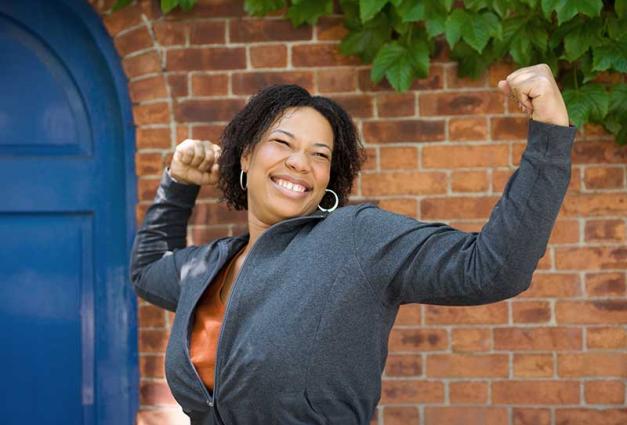When you meet someone who’s in a same-gender relationship, what’s your first thought? Do you assume they’re gay or lesbian? Or do you entertain the possibility that they’ve had meaningful romantic relationships with people of other genders as well? For many people, bisexuality may not be the first thought that comes to mind, if at all.
In both popular culture and in academic research, bisexuality remains a source of skepticism. Bisexual people face stereotypes that they are just experimenting, seeking attention, or are in denial about being gay or lesbian. For example, in the recent film, Appropriate Behavior, Shirin tells her brother, “Maxine and I were in a relationship.” When he responds, “So you’re a lesbian?” she says, “I was pretty into all the guys I was with so I think I’m bisexual.” His response: “And that’s a thing?!”
In our research, we wanted to understand whether these ideas about bisexuality are reflected in bisexual people’s own identities. Specifically, we were interested in how their reports about their sexual orientation map onto their implicit sexual identity, or the automatic associations they have about their own sexual identity. Examining identity implicitly can provide insight into people’s self-views or other attitudes in a way that’s less influenced by how people want to present themselves—in other words, it may provide insight into people’s gut reactions.
In one study, we assessed how strongly bisexual, straight, and gay/lesbian people implicitly associated themselves with a gay/lesbian identity relative to a straight identity. We used a computerized categorization task, the Implicit Association Test, that determines strength of associations. For example, if people could pair the concepts “gay/lesbian” with “self” more quickly than they could pair “straight” and “other,” this would suggest a stronger association of themselves with a gay or lesbian identity. If they were faster at pairing “straight” and “self,” it would suggest a stronger association of themselves with a straight identity.
In the first study, when comparing implicit associations with gay/lesbian as compared to straight identities, gay men and lesbians implicitly identified as more gay than bisexual people, who in turn identified as less straight than straight men and women. This showed that gay/lesbian or straight identities do not sufficiently characterize bisexual people’s implicit identities. Implicit sexual identity for bisexual people fell in between gay and straight identities whether classifying bisexual people using their self-reports of their sexual identity, or when using their self-reports of attraction, sexual behavior, or sexual fantasy patterns.
In two further studies, we instead directly assessed implicit bisexual identity, rather than gay/lesbian compared to straight identities. We compared associations with (1) a bisexual relative to gay/lesbian identity and (2) a bisexual relative to straight identity. In the second study, bisexual people implicitly identified as more bisexual (and less gay) than gay men and lesbians. In the third study, bisexual people also identified as more bisexual (and less straight) than straight people. Additionally, bisexual people implicitly identified as more bisexual than gay, lesbian, or straight in both studies.
Bisexual people have been erased and disparaged throughout history, and they may experience pressure to “pick a side.” Yet, a substantial number of people report a bisexual identity, and their implicit associations show that they also hold this identity on an automatic level. Because people’s identities are important to them, they experience substantial distress when their identity is questioned—bisexual people in particular often feel like their identity is erased and that they don’t fit in with the LGBTQ+ community. The next time you make an assumption about someone’s sexual orientation, perhaps pause and consider whether they might identify with a wide range of less visible orientations, such as bisexual, pansexual, or queer.
For Further Reading
Kirby T.A., Merritt S.K., Baillie S., Malahy L.W., Kaiser C.R. (2020). Combating bisexual erasure: The correspondence of implicit and explicit sexual identity. Social Psychological and Personality Science (Advance Online Publication). https://doi.org/10.1177/1948550620980916
Snowden, R. J., Fitton, E., McKinnon, A., & Gray, N. S. (2020). Sexual attraction to both genders in ambiphilic men: Evidence from implicit cognitions. Archives of Sexual Behavior, 49(2), 503-515. https://doi.org/10.1007/s10508-019-01552-6
Teri A. Kirby is a Senior Lecturer of Psychology at the University of Exeter in the UK. Her research focuses on diversity, identity, and inclusion.




